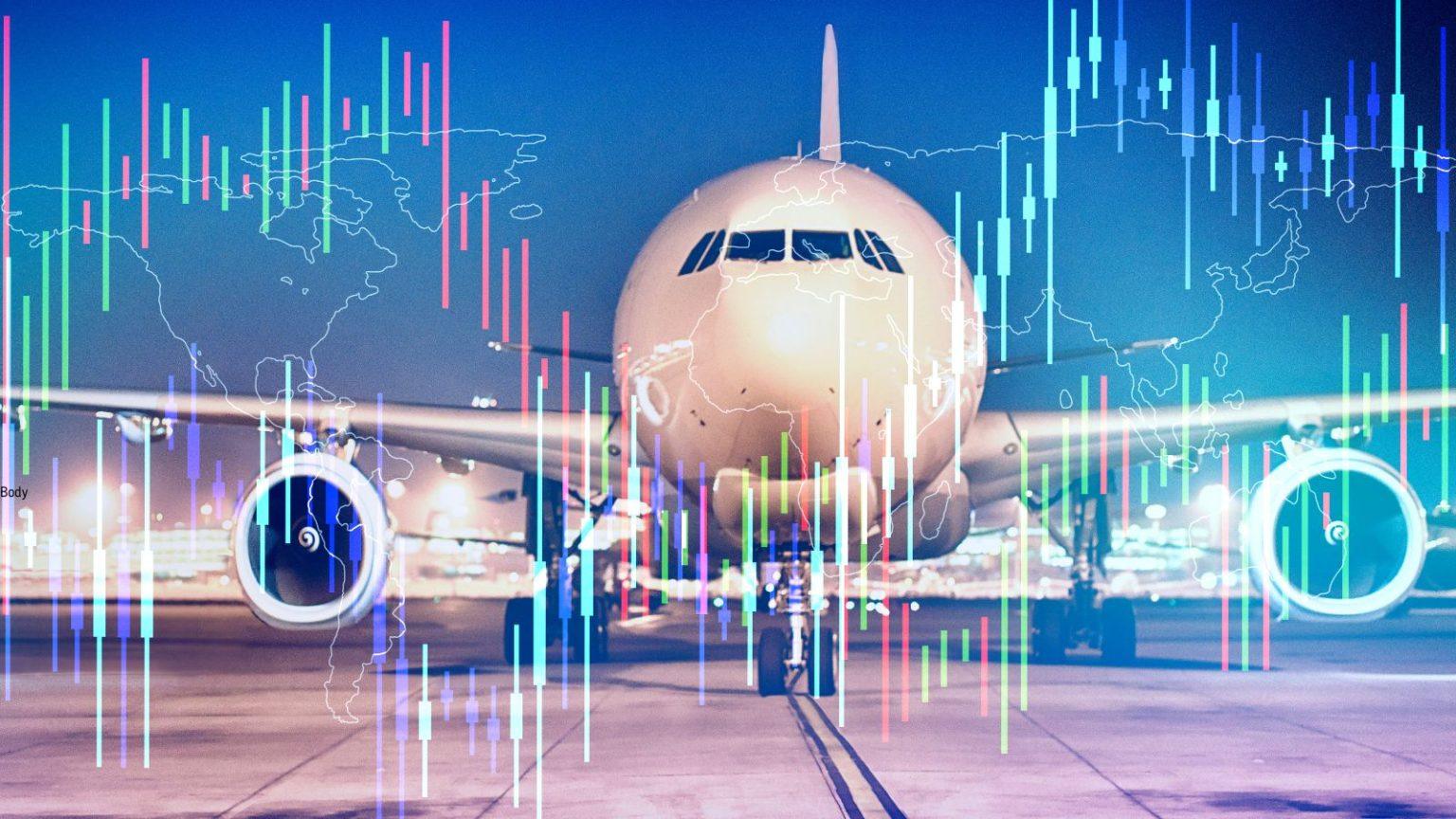
Asia-Pacific aviation in 2025 will see innovations in sustainability, infrastructure expansion, strategic mergers, and evolving passenger demands, reshaping the region’s air travel landscape for growth and efficiency.
The Asia-Pacific aviation sector is poised for significant transformations in 2025, driven by technological advancements, strategic mergers, infrastructure developments, and evolving passenger preferences. These changes are set to reshape the industry, offering both opportunities and challenges for stakeholders.
Technological Innovations and Sustainable Practices
Airlines in the region are increasingly adopting user-preferred routing (UPR) systems, allowing pilots to select optimal flight paths based on real-time weather and air traffic data. This approach enhances fuel efficiency and reduces carbon emissions, aligning with global sustainability goals. A notable trial by Airservices Australia involves major carriers like Qantas and Singapore Airlines, aiming to implement UPR across key routes between Australia, New Zealand, Indonesia, and Singapore.
In parallel, the integration of advanced aircraft models, such as the Airbus A350-1000, is anticipated. These aircraft are designed for ultra-long-haul flights, offering improved fuel efficiency and passenger comfort. Qantas’s Project Sunrise, for instance, plans to operate non-stop flights from Australia’s east coast to destinations like London and New York, potentially commencing by 2026.
Strategic Mergers and Market Expansion
The consolidation of airlines is reshaping the competitive landscape. Korean Air’s acquisition of Asiana Airlines, finalized in December 2024, has created one of Asia’s largest carriers. This merger is expected to enhance operational efficiency, expand route networks, and strengthen South Korea’s position as a global aviation hub.
Similarly, AirAsia X’s strategic reorganization involves acquiring AirAsia’s various affiliates, aiming to unify operations under a single brand. This move is set to provide access to over 200 aircraft and streamline services across key market segments, bolstering AirAsia’s competitive position in the region.
Infrastructure Developments
Significant investments in airport infrastructure are underway to accommodate increasing passenger volumes and enhance service quality. Hong Kong International Airport, for example, is set to inaugurate a new three-runway system, a £13.9 billion project that will boost capacity by 50%. This expansion includes a new terminal building and concourse, aiming to handle up to 120 million passengers annually.
In Taiwan, Taoyuan International Airport is progressing with the construction of Terminal 3 and a third runway, expected to be completed by 2026 and 2030, respectively. These developments are designed to increase the airport’s capacity and support Taiwan’s growing role in regional air travel.
Evolving Passenger Preferences and Market Trends
Passenger behavior in the Asia-Pacific region is shifting towards increased travel frequency and expenditure. Reports indicate that 80% of travelers plan to undertake as many, if not more, trips in 2025 compared to 2024. This trend is particularly pronounced among Indian travelers, who are expected to lead in both travel frequency and spending.
Additionally, there is a growing demand for personalized and immersive travel experiences. Travelers are seeking deeper connections with destinations, embracing technology for tailored experiences, and prioritizing sustainability. The rise of nostalgia-driven travel and a preference for authentic, in-person interactions are also influencing market offerings.
Challenges and Considerations
Despite these positive developments, the industry faces challenges, including potential pilot shortages and the need for regulatory adaptations to accommodate technological advancements. Automation and AI integration in aviation operations require careful consideration to ensure safety and efficiency. Moreover, geopolitical tensions and economic uncertainties could impact travel demand and operational costs.
The Asia-Pacific aviation industry in 2025 is set to undergo transformative changes characterized by technological innovation, strategic consolidations, infrastructure expansion, and evolving passenger preferences. Stakeholders must navigate these developments strategically to capitalize on emerging opportunities and address potential challenges, ensuring sustainable growth and enhanced connectivity in the region.